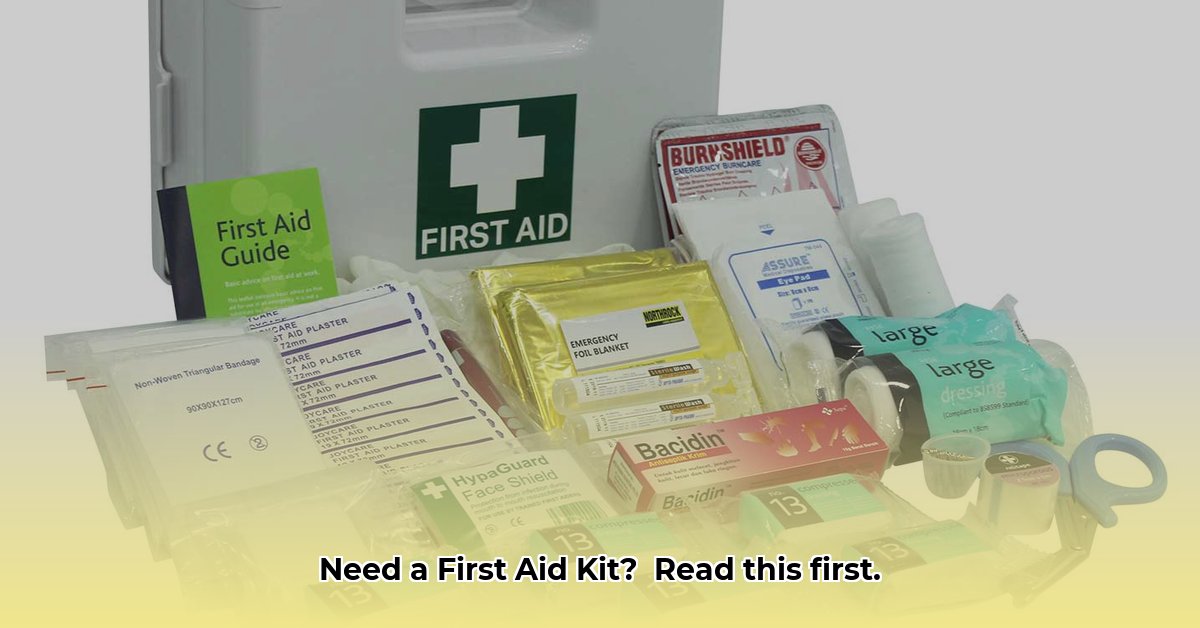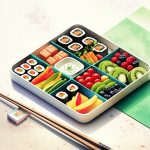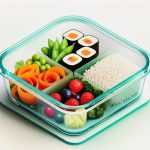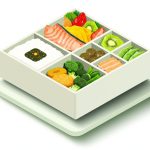A first aid kit is an essential tool for anyone, providing a lifeline in emergencies big and small. This comprehensive guide navigates the world of first aid kits, from understanding the various types to finding the perfect one for your needs, stocking it with essentials, and maintaining it for optimal readiness.
Understanding First Aid Kit Types
First aid kits are not one-size-fits-all. Different situations demand different supplies. Consider these common kit types:
Home First Aid Kits
Your home kit is your frontline defense against everyday injuries. Stock it with essentials like bandages, antiseptics, pain relievers, and a thermometer. Larger families may benefit from a more comprehensive kit.
Travel First Aid Kits
Compact and lightweight, travel kits address common travel ailments like blisters, motion sickness, and minor illnesses. Customize your kit based on your destination.
Car First Aid Kits
Roadside emergencies require specialized supplies like reflective triangles, flashlights, and a basic tool kit, in addition to standard first aid essentials.
Outdoor First Aid Kits
Wilderness adventures necessitate advanced supplies like splints, signaling devices, and a comprehensive first-aid guide. Research suggests preparedness significantly impacts the severity of outdoor injuries.
Workplace First Aid Kits
OSHA regulations often dictate the contents of workplace kits. Specialized items should reflect industry-specific hazards.
Specialty First Aid Kits
Tailor a kit to unique health needs. Sports kits may emphasize joint supports and cold packs, while diabetic kits include glucose monitoring tools.
Choosing the Right Kit: An Interactive Guide
This interactive guide will help you determine the best first aid kit for your lifestyle:
1. Where will you primarily use this kit? (Home, Car, Work, Outdoors)
2. How many people will it cover? (1, 2-4, 5+)
3. Any specific medical conditions or allergies? (List any relevant conditions)
4. What’s your budget? (Under $20, $20-$50, $50+)
(Note: While this guide provides recommendations, consulting with a healthcare professional for personalized advice is always beneficial.)
Based on your answers, we can suggest a kit type and size. For example, a family of four focused on home use may need a large, comprehensive kit, while a solo hiker might opt for a compact outdoor kit.
Essential First Aid Supplies
Regardless of the kit type, certain supplies are universally essential:
- Wound Care: Bandages, gauze, antiseptic wipes, medical tape.
- Pain & Fever Relief: Ibuprofen, acetaminophen.
- Tools: Scissors, tweezers, safety pins, thermometer.
- Other: Gloves, CPR face shield, emergency blanket, first aid manual.
Where to Buy a First Aid Kit
Online Retailers
Online shopping offers convenience and a vast selection:
- Large Online Marketplaces (e.g., Amazon): Wide variety, competitive pricing, user reviews.
- Specialized First Aid Websites (e.g., My Medic): Expert advice, curated kits, high-quality components.
- Big Box Retailers (e.g., Walmart, Target): Affordable options, bundled deals.
Offline Retailers
In-person shopping allows for hands-on evaluation:
- Pharmacies (e.g., CVS, Walgreens): Convenient, quick purchases, basic supplies.
- Big Box Retailers (e.g., Walmart, Target): Wider selection than pharmacies.
- Sporting Goods Stores (e.g., REI, Dick’s Sporting Goods): Specialized outdoor kits, expert advice.
| Retailer Type | Price Range | Selection | Specialization |
|---|---|---|---|
| Online Marketplaces | Varies Widely | Extensive | General to Highly Specific |
| Pharmacies | Low to Moderate | Limited | General |
| Big Box Stores | Moderate | Moderate | General |
| Sporting Goods Stores | Moderate to High | Specialized | Outdoor |
Building Your Own Kit
A DIY kit offers maximum customization:
- Start with a checklist of essentials.
- Add specialized items for your needs.
- Choose high-quality supplies.
- Store in a durable, waterproof container.
Maintaining Your First Aid Kit
Regular maintenance ensures your kit’s effectiveness:
- Check expiration dates frequently.
- Replenish used items promptly.
- Store in a cool, dry place.
First Aid Training & Resources
A well-stocked kit is most effective when combined with proper training:
- American Red Cross: https://www.redcross.org/
- National Safety Council: https://www.nsc.org/
“Learning first aid is an important way to care for yourself and others. You’ll gain the confidence to respond quickly and effectively to a variety of emergency situations.” – American Red Cross
Having a well-stocked and maintained first aid kit, paired with the knowledge of how to use it, empowers you to respond effectively in emergencies. Take the steps today to be prepared for whatever life throws your way.
- Adult Bento Box Ideas for Delicious and Easy Lunches - December 23, 2025
- Healthy Bento Lunch Ideas for Adults to Enjoy Lunch Again - December 22, 2025
- Glass Lunch Box Containers Offer Healthy, Leak-Proof Meal Prep - December 21, 2025










